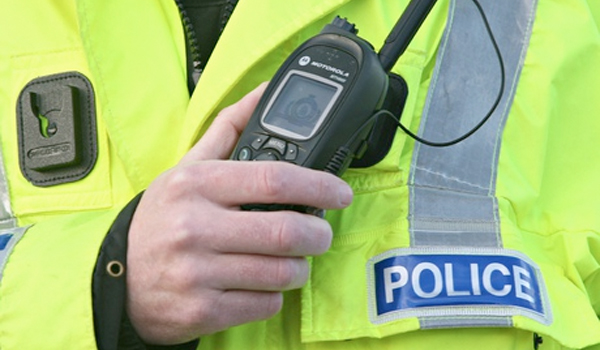999 communications face catastrophic blow as Airwave replacement delayed
The emergency services could be without a secure communications network for at least six months due to the delayed implementation of the new emergency services network (ESN), MPs have warned.
The emergency services could be without a secure communications network for at least six months due to the delayed implementation of the new emergency services network (ESN), MPs have warned.
The Public Accounts Committee has issued the stark warning after receiving evidence that a vital part of the current police radio network Airwave is due to be switched off in March 2020, six months before the new date for its replacements activation.
In January, Airwaves owner, Motorola, informed the committee that Vodafone will stop providing an important piece of infrastructure that Airwave relies on to function in March 2020.
This means the emergency services may not be able to communicate with one another from March until ESN is complete in September 2020.
The PAC report, published on Friday (April 21), has called for the Home Office to urgently engage with Motorola and Vodafone.
The committee was told in November 2016 there would be a little slippage in the implementation of ESN, which has now turned into a nine-month delay and will not be complete until September 2020.
As a result, the contract with Motorola must be extended, and it must be informed by the end of 2018 which regions will still require the Airwave service.
The PAC understands extra investment is needed to upgrade the infrastructure either to make Airwave work with the new system, or work without it. This cost is in addition to the £475 million annual cost of extending Airwave nationally.
Its report says: “The news that part of the existing Airwave system will be taken out of service early strikes a major, potentially catastrophic blow to the ability of our emergency services to carry out their job and keep citizens safe.
“In addition it now seems inevitable that taxpayers will also be paying substantial additional sums, with no certainty of delivery.”
A Home Office spokesperson said its transition plans are expected to be completed long before the end of 2018.
We are actively working with all relevant parties to find an alternative solution to the old legacy fixed network used to link Airwave masts and to ensure continuation of service if the roll out of ESN misses its target date, they added.
Vodafone initially emailed Motorola about withdrawing its Time Division Multiplexing (TDM) service, without which Airwave cannot run, on December 6. The Internet Protocol (IP) based service that Vodafone will replace it with after March 2020 will not be compatible with Airwave.
Motorola then contacted civil servants within the Home Offices Emergency Services Mobile Communications Programme to say the two companies would work on options for maintaining Airwave beyond March 2020.
However, having explored a range of options with Vodafone, Motorola told the Home Office on January 15 that the new technology Vodafone planned to introduce might not work.
Despite this, the PAC was not informed of the issue until February.
The committee said it was extremely disappointing that the Home Office did not pick this up earlier, and it does not reflect well on its risk management arrangements or the quality of relationships with its suppliers.
Its report also highlighted that there have still been no developments in providing underground communications with ESN, saying it is a significant and imminent risk to the programme.
Meg Hillier, Chair of the PAC, said: The potential consequences of a six-month gap in emergency service communications are unthinkable.
Government needs to tackle this now or the result will be quite simply a tragedy in waiting.
Addressing this and other serious concerns about ESN raised by our Committee today and in January are significant challenges for the new management at the Home Office.
Policing and Fire Minister Brandon Lewis added: We are clear that we won`t take any risks with public safety and there will be no gap in the emergency services communications provision. The existing Airwave system will continue until transition on to the ESN is completed.
Kee


